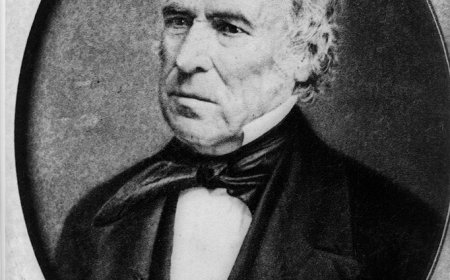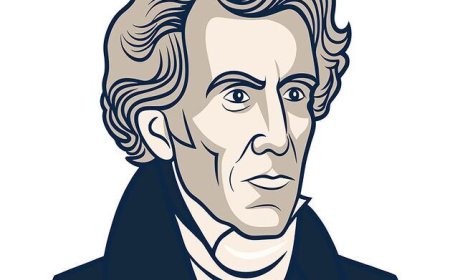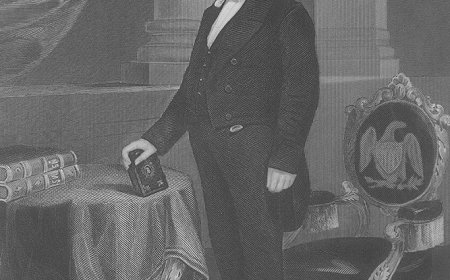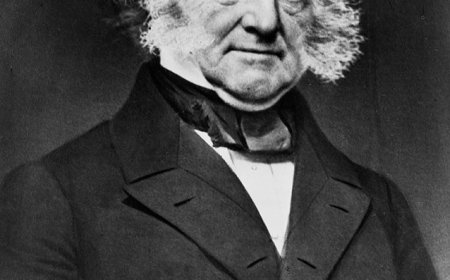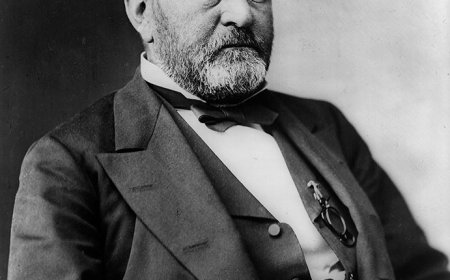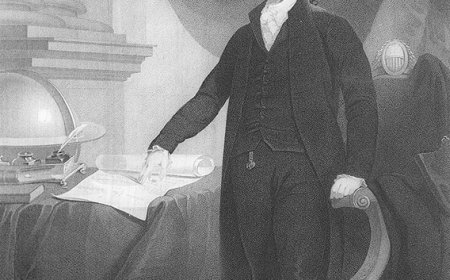Lyndon B. Johnson Biography for Students
Explore the life of Lyndon B. Johnson, 36th President of the United States. Learn how he passed major civil rights laws, launched the Great Society, and faced the challenges of the Vietnam War—plus vocabulary, fun facts, a quiz, and a kid-friendly summary.
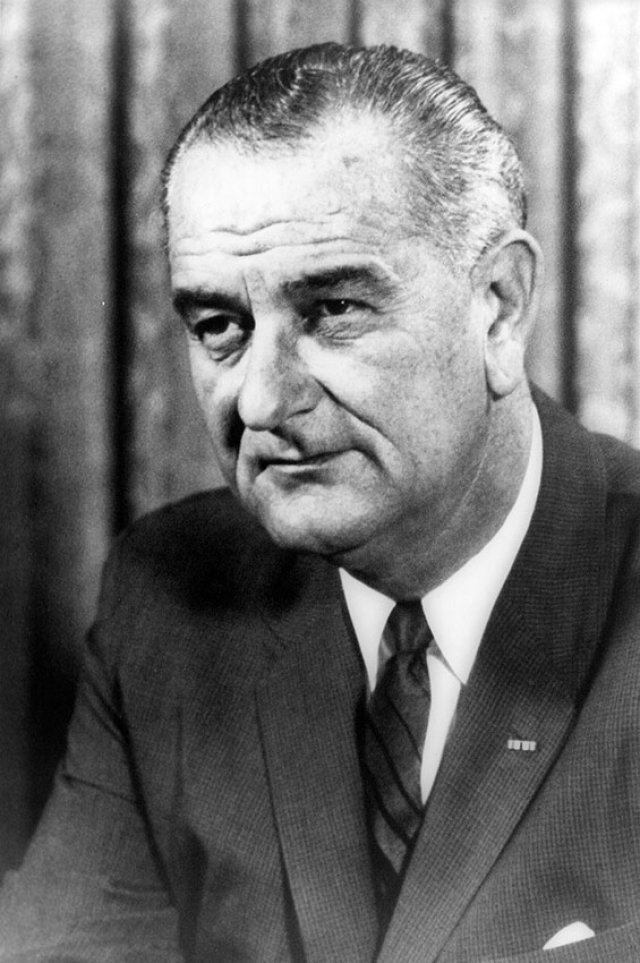
🇺🇸 Lyndon B. Johnson Biography for Students
36th President and the Great Society Reformer
🧭 Introduction
Lyndon B. Johnson, often known by his initials LBJ, was the 36th President of the United States, serving from 1963 to 1969. He became president after the tragic assassination of John F. Kennedy, and quickly took bold action to honor Kennedy’s legacy. Johnson passed historic civil rights legislation, created programs to help the poor, and built a vision of what he called the "Great Society." However, his presidency was also marked by the rising conflict in Vietnam, which caused deep divisions in the country.
👶 Early Life and Education
Lyndon Baines Johnson was born on August 27, 1908, in Stonewall, Texas. He grew up in a modest farmhouse without electricity or running water. His father was a farmer and state legislator, but the family struggled with money, especially during the Great Depression.
From a young age, Johnson saw how poverty affected people. This shaped his belief that government should help those in need. He attended Southwest Texas State Teachers College (now Texas State University) and worked as a schoolteacher in poor Mexican-American communities, where he saw inequality firsthand. His experiences in the classroom would later inspire his focus on education reform and anti-poverty programs.
🏛 Early Political Career
Johnson entered politics in 1937 when he won a seat in the U.S. House of Representatives. He later served in the Navy during World War II and then won a seat in the U.S. Senate, where he quickly rose to leadership. Known for his powerful personality and ability to persuade others, he became the Senate Majority Leader.
In 1960, Johnson ran for president but lost the nomination to John F. Kennedy. However, Kennedy chose him as his vice president, in part to win support from southern states. When Kennedy was assassinated on November 22, 1963, Johnson was sworn in as president aboard Air Force One, just hours later.
🇺🇸 Presidency and National Unity
As president, Johnson worked to heal a grieving nation and push forward Kennedy’s unfinished goals. He used his deep knowledge of Congress to get things done quickly and effectively.
One of Johnson’s first major victories was the passage of the Civil Rights Act of 1964, which outlawed discrimination based on race, color, religion, sex, or national origin. This landmark law helped end segregation in public places and promoted equal rights in education and employment.
Johnson was elected in his own right in 1964 with a huge majority, defeating Republican Barry Goldwater. With that victory, he had the support he needed to launch a bold and ambitious plan.
🏛 The Great Society
Johnson’s plan for a “Great Society” aimed to make the U.S. a place where poverty, injustice, and inequality would no longer exist. He introduced new laws and programs to help people across the country, especially the poor, elderly, and minorities.
Some of the most important parts of the Great Society included:
- Medicare: Health insurance for senior citizens
- Medicaid: Health care for low-income families
- Head Start: Education programs for young children in need
- Elementary and Secondary Education Act: Funding to improve schools
- Voting Rights Act of 1965: Protected the right to vote, especially for African Americans in the South
- Fair Housing Act: Outlawed discrimination in renting or buying homes
These programs expanded the role of the federal government and helped millions of Americans. Many are still part of American life today.
🌍 The Vietnam War and Growing Tensions
While Johnson’s domestic achievements were historic, his presidency was overshadowed by the growing war in Vietnam. At first, the U.S. sent only advisors to help South Vietnam fight against communist North Vietnam. But after the Gulf of Tonkin incident in 1964, Johnson asked Congress for more power to take military action.
Soon, thousands of American troops were fighting in the Vietnam War. Johnson believed it was important to stop the spread of communism, but the war became more costly and controversial. As the number of American deaths increased, so did protests across the country. Many young people opposed the war, and the nation became deeply divided.
Despite his efforts, Johnson couldn’t find a way to win the war or bring peace. In 1968, facing low approval ratings and growing protests, he announced that he would not run for re-election.
🧾 Life After the Presidency
After leaving office in 1969, Johnson returned to his Texas ranch. He spent time writing his memoirs and reflecting on his presidency. Though he was proud of the progress he made at home, he was saddened by the toll of the Vietnam War.
Lyndon B. Johnson died on January 22, 1973, just a few days after the Vietnam peace agreement was signed. Over time, many came to appreciate his leadership in passing laws that still shape American life today.
👨👩👧 Personal Life and Leadership Style
Johnson was married to Claudia “Lady Bird” Johnson, a smart and strong First Lady who supported education, conservation, and beautification projects across the country. They had two daughters, Lynda and Luci.
LBJ was known for his forceful personality, strong handshake, and ability to convince people to support his ideas—a method known as the “Johnson Treatment”. He often stood very close to others, made eye contact, and used his booming voice to persuade even the toughest lawmakers.
💬 Famous Quotes
“We must open the doors of opportunity. But we must also equip our people to walk through those doors.”
“This administration today, here and now, declares unconditional war on poverty.”
“I shall not seek, and I will not accept, the nomination of my party for another term as your president.”
💡 Interesting Facts About Lyndon B. Johnson
- He was sworn in as president on Air Force One after JFK's death—the only time a president has taken the oath aboard a plane.
- He was the tallest president after Abraham Lincoln (6 feet 4 inches).
- He was once a teacher in a one-room schoolhouse.
- His ranch in Texas was called the “Texas White House.”
- He often gave gifts like electric toothbrushes to visitors—his favorite kind of gadget.
📚 Vocabulary Words
| Word | Definition |
|---|---|
| Great Society | Johnson’s plan to improve health, education, and civil rights in the U.S. |
| Civil Rights Act | A law banning discrimination based on race, sex, religion, or origin |
| Medicaid | A program that helps low-income families get health care |
| Vietnam War | A conflict between North and South Vietnam, with U.S. involvement |
| Desegregation | The process of ending separation between races in public places |
👧 Kid-Friendly Summary
Lyndon B. Johnson became president after President John F. Kennedy was killed. He worked hard to make America fairer and better for everyone. He passed laws that helped people get health care, go to better schools, and vote freely. His plan to build a “Great Society” helped millions. But while he did good things at home, the Vietnam War caused problems and made people upset. Even so, many still remember him as a president who wanted to help others and make the country stronger.
✅ Interactive Quiz
Q1: What number president was Lyndon B. Johnson?
A. 35th
B. 36th ✅
C. 37th
D. 34th
Q2: What was Johnson’s major set of programs called?
A. New Deal
B. Square Deal
C. Fair Deal
D. Great Society ✅
Q3: What war caused trouble during Johnson’s presidency?
A. Korean War
B. Civil War
C. Vietnam War ✅
D. World War II
Q4: What law banned discrimination in public places?
A. Voting Rights Act
B. Civil Rights Act ✅
C. Bill of Rights
D. Equal Pay Act
Q5: What did LBJ decide in 1968?
A. To run again
B. To join the army
C. To resign early
D. Not to run for re-election ✅
Scoring:
5/5 = ⭐ LBJ Leader
3–4 = 👍 Good Try
1–2 = 📘 Study a Bit More


















































